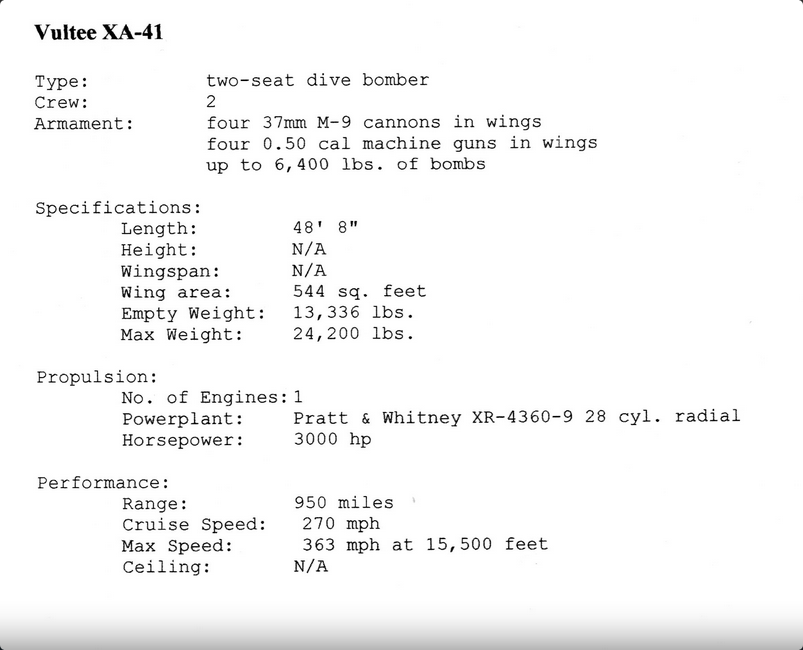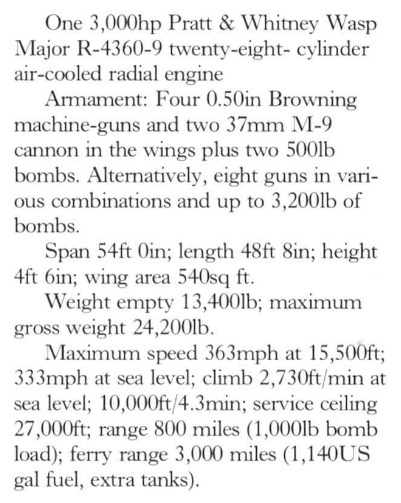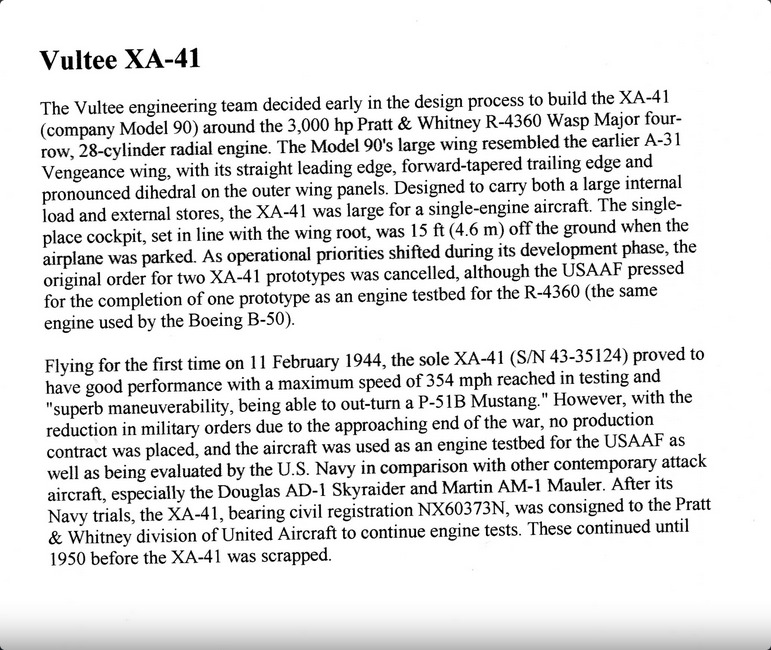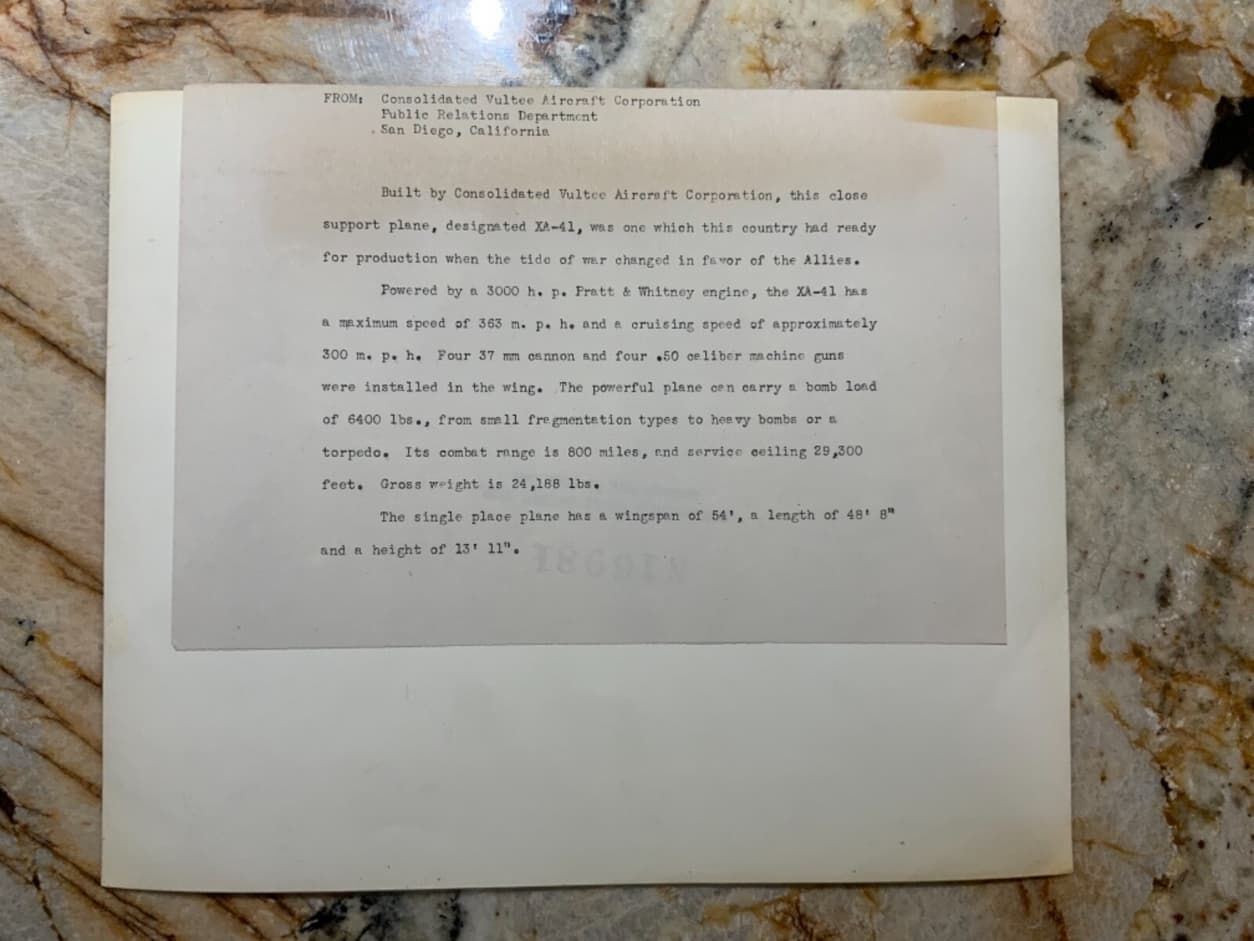- Yes
- No
Hello everybody. Today, I’d like to suggest the Vultee XA-41 for US Aviation in War Thunder. Originally designed as a dive bomber, the XA-41 was later developed into a low-level ground attack aircraft by Vultee for the US Army. Its design included features that would later become familiar in aircraft like the AD Skyraider. While the XA-41 successfully passed flight tests and demonstrated excellent performance, the Army ultimately decided not to enter it into production or service during World War II. This was primarily due to the P-47 Thunderbolt and other fighter-bombers already fulfilling the same role, making the XA-41 redundant.

- The last WWII “dive-bomber” attack aircraft developed for the US military
- Powered by a 3,000-bhp Pratt & Whitney R-4360-9 radial piston engine
- Armed with 4 x 0.50-cal. machine guns and 4 x 37-mm autocannons
- Access to decent ground weaponry




Sadly, the XA-41 never made it to production. If it had, it might have become the Army Air Forces’ equivalent to the Navy’s AD Skyraider, a dedicated ground-attack aircraft that proved essential during the Korean and Vietnam Wars. The Air Force lacked its own dedicated attack aircraft until it received A-1 Skyraiders handed down from the Navy during the Vietnam War. This highlighted the need for a dedicated Air Force ground-attack platform, eventually leading to the development of the A-7 Corsair and A-10 Warthog.
In War Thunder, the US aviation currently lacks fast attack aircraft with a single-seat configuration specifically designed for the Army’s ground-attack role. I believe the XA-41 would fill this gap nicely, offering an alternative aircraft with a BR lower than the AD Skyraiders.

- General Dynamics Aircraft and Their Predecessors (1990)
- US Experimental & Prototype Aircraft Projects: Fighters 1939-1945 (2008)
- Vultee/Convair XA-41; The Right Aircraft for the Wrong War? - Forgotten Aircraft - Military Matters
- Vultee XA-41 Dive Bomber / Low-Level Attack Aircraft
- https://plane-encyclopedia.com/ww2/vultee-xa-41/
- Vultee XA-41 - Wikipedia









